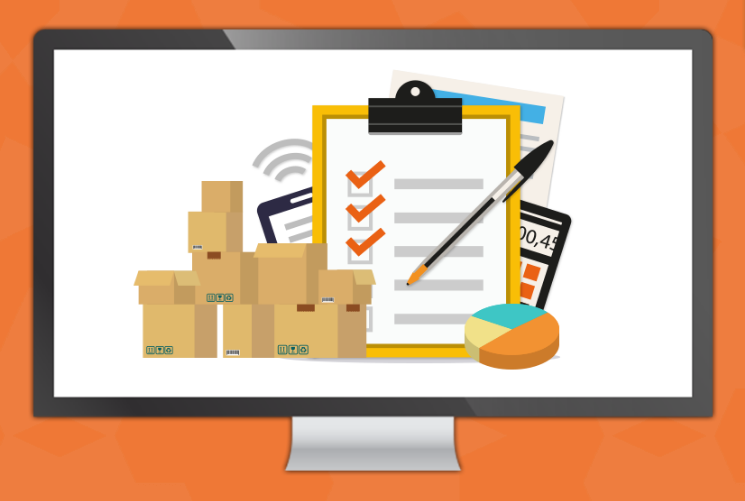
Inventory is one of the most valuable assets of any business but maintaining the right amount of inventory, especially during a crisis, can be a significant challenge. In inventory-intensive sectors like retail, food service, and manufacturing, inputs and final products are the core of the business. As consumer buying behavior has shifted, many businesses have experienced inventory issues like never before.
While inventory is thought to be an asset, it can also be considered a liability. Having a large inventory can be risky due to holding costs and the risk of inventory becoming obsolete. At the same time, having too little inventory can cause businesses to miss out on sales. Inventory management reduces these associated costs and risks by ensuring that the right inventory is distributed in the right amounts, to the right locations, and at the right time.
What Is Inventory Forecasting?
In today’s highly competitive environment with fluctuating markets, inventory forecasting plays a vital role in inventory management. It enables you to predict how much inventory you should have to accommodate future needs. Being able to accurately predict inventory levels can provide considerable benefits to any business.
How Does Inventory Forecasting Work?
In order to generate accurate and reliable forecasts, you’ll need to pull insights from a number of data sources. Currently, most businesses rely on limited internal data sources and hindsight guesswork to forecast inventory. This often results in inaccurate and unreliable predictions.
For the most accurate predictions, inventory forecasting should incorporate sales history and past inventory data along with data from external sources like real-time market trends. Due to the dramatic changes brought about by this pandemic, historic data may no longer apply as much – so incorporating new, external data is vital to success.
What Goes into an Accurate Forecast?
Sales Velocity
One of the primary metrics that inventory forecasting uses is sales velocity. Sales velocity is the rate at which a business can sell its products. Velocity tracking can identify a business’s fastest and slowest selling products. This data can help drive smart decisions around which products a business should have on hand.
Historical Trends
Inventory forecasts incorporate fluctuations in demand in the months leading up to the forecast period and what demand looked like during similar periods. This data can help you ensure you have the minimum amount of inventory needed to meet future demand. Today, businesses emerging from the crisis may rely on historical trends over a shorter period of time – week over week or month over month.
Seasonality
Inventory forecasts account for the seasonal fluctuations or patterns that reoccur or repeat over a one-year period. Seasonal fluctuations can be behavior that impacts buying behavior, for example, Black Friday when people tend to buy more. Seasonal fluctuations can also be more directly related with external factors like the weather, for example before hurricanes when people rush out to buy essentials like water bottles and toilet paper.
Primary Benefits of Inventory Forecasting
Meeting Future Demand
Inventory forecasting provides access to accurate and reliable predictions of demand. This enables businesses like yours to foresee which products and how much product will be needed in the future. Otherwise, they risk not being able to meet future demand which could cause them to miss out on sales and hurt their relationship with customers.
Minimizing Inventory Holding Costs
Inventory forecasting can also tell you which products are most and least likely to sell in a future time period. With this information, you can make decisions around which products to order and actively stock and which products to forgo. These decisions can prevent overstocking of products that are not predicted to sell in the future and in turn help businesses eliminate inventory storage costs.
Limiting Product Waste
Finally, inventory forecasting can expose products that are not likely to sell or to sell more slowly than others. This gives you the opportunity to re-purpose items or bundle them with other better and faster selling products, helping to reduce product waste or obsolescence.
If you’re interested in incorporating accurate industry forecasting analytics into your business, contact us. Our experts in data science and analytics are ready to help steer your organization through the current storm and set you on course for a better future. Find out how else we are helping businesses ADAPT.
